|
It's simple, really. My Mother grew up in a poor immigrant Italian family in Hoboken. I'm sure her Neapolitan parents passed on this tradition. When you're poor in Italy, you are superstitious about money so you tend to push luck on your side with certain traditions. You would eat coin shaped lentils on New Year's Day, for instance. My Mother taught me that putting a pile of coins--whatever you happen to be carrying in your pocket at the end of the year--on the windowsill will guarantee that you have money all year long.
One rule: Put the coins out before midnight. Felice Anno Nuovo! Postscript: Years ago when I lived in my loft/studio in the Flatiron district of Manhattan, I used to have my windows washed by professional window-washers. You know the kind... they clip their safety belts on to lugs outside of the commercial building windows, then lean back over the void to soap up, clean and then squeegie the windows clean. I had a 50 foot long wall of 10 foot tall windows running along the front of my sixth floor loft. Once a month, they would clean the city grime off the windows and suddenly the front of the studio would seem a lot brighter. One year, in a cold January, I noticed that the years of accumulated nickels, dimes, pennies and quarters were gone! There must have been $20-30 in coins out there. I figured one of my window-washers must have needed it more than I did... ...unless it was those notorious, thieving Flying Rats of New York--the pigeons! --Jerry Finzi
0 Comments
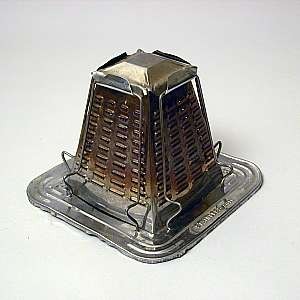 This is what Dad used to make toast This is what Dad used to make toast When I was a kid, I just loved toast with butter. My Dad had a special way of making it. Although we had a "normal" electric toaster, Dad would pull out his old-fashioned, four slice toaster gizmo and place it over one of the gas burners of our cooker. There was something special about the taste and texture of toast made like that... more blackened spots here and there, more smokey tasting and although the bread was crunchy on the outside, the bread stayed moist inside. When we Voyaged to Italy, we discovered an Italian kitchen tool that brought back memories of my father's special, stove-top toaster--the brustolina. Nothing more than a simply designed sheet metal device with holes on one side and a wire rack on the top side and a retractable wire handle to make storing in a kitchen drawer or on a shelf practical. You lay the brustolina on top of a burner on your stovetop with the wire grid on top and then place your bread for toasting. Flip the bread by had to toast the second side. Simple. Brustolina, tostapane, and graticola are common names for this kitchen staple throughout Italy. Virtually every kitchen has one. The Venetian word brustolina is a derivative of brustolar, meaning toast or roast, and can also mean toasted pumpkin seeds. Tostapane is the Italian word for a bread toaster, and graticola is the word for a grill or grate. One brand name is La Gratella. A brustolina has many uses: grilling slices of polenta, toasting thick slabs of Tuscan bread for bruschetta, roasting peppers, eggplant or zucchini, or heating up slices of pizza, focaccia or cornetto and other sweet breakfast rolls. 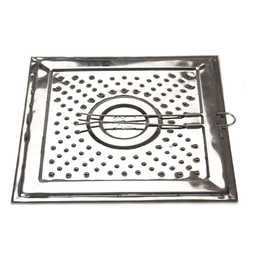 The Brustolina with its wire handle retracted The Brustolina with its wire handle retracted Here are some ideas...
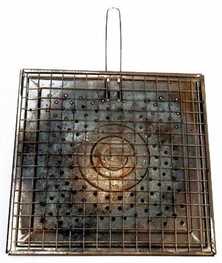 A well aged Brustolina A well aged Brustolina
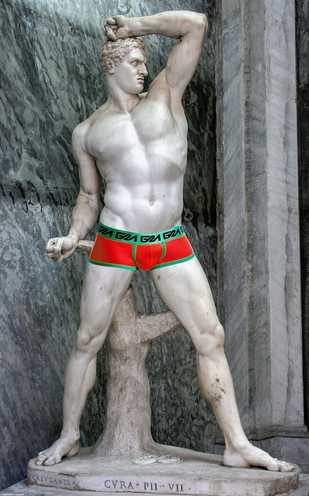 This tradition has its roots in the Middle Ages when superstitions (and the plague) ran rampant, many promising to cure a person of his ills or perhaps bring good fortune and love. Red represents passion, blood flowing through your bod and thus life itself. It's no wonder that most red-blooded, passionate Italians bring in the New Year by wearing red undies... but I wonder how many of them stick to the tradition of throwing away the undergarments just as the New Year commences. (How would one accomplish this?) So, whether playing Tombola (Italian Bingo, read more HERE), dancing it up at a party, watching the fireworks in the Piazza or from your own balcony, don't forget the sausage, lentils and the red underwear! Felice anno nuovo! --Jerry Finzi The wonderful world of traditional Italian fireworks! Written by Marcel Hanse & Leendert van Buren Italian fireworks are very special and well known for two main reasons: their exemplary quality and the intensity of their colors. Around 1292, when Marco Polo was alive and actively trading European goods for Eastern merchandise, he brought back with him a mysterious black powder. This powder could somehow miraculously explode when ignited, so (as you might expect) it was immediately put to military use throughout Europe. The Italians, however, found a much more creative use for this extraordinary powder and created the first European fireworks with it. During Europe’s Renaissance (approximately 1400–1500 AD), the Italians further improved and developed their fireworks and turned chemical explosions into a consummate art form. First of all, New Year's Eve is called Capodanno in Italy... and Fireworks are called Fuochi d'Artificio... In 1830, advances in science and a much better understanding of chemistry in southern Italy made it possible to create flammable powders that would burn in different colors. For the first time, fireworks could be red, green, blue or even yellow! Ongoing research during the 19th century by both the Italians and Germans made newer and more vibrant colors possible, and it has continued ever since. During the last decade, pyrotechnic chemists have even gone one step further: they have managed to make pyrotechnic chemical reacts so they explode in colors as unusual as magenta, orange, aquamarine, lemon-yellow and even turquoise! As for the shells that deliver these chemical wonders: In Italy the cylindrical shell is the most popular. (The Chinese and Japanese prefer spherical shells). Unlike spherical shells, however, cylindrical shells don’t have to be categorized as multi–break shells, even though they may contain a single-effect, like a willow, peony or a peony with reports. Reports and salutes play a very important role in Italian culture–particularly during their religious festivals. Unlike may other parts of the world, daylight shows are very popular there, and they are filled with single-effect and/or multi-break shells. Color, of course, plays a much more important role during the evening displays; whereas the daylight displays are all about rhythm, and those rhythms are created using a variety of salutes, reports and colored smoke shells. Italian shows generally contains three parts: the opening (apertura), the show itself (with the “fermata” shells), and a pré–final (the “giapponesata”) with the final happening immediately afterwards. Timing is critical for both the evening and daylight displays. The final is somewhat comparable to the way a train starts off slowly but increasingly gains speed, power and intensity. As you might expect, most of the major competitions and displays are fired during religious feasts and festivals to honor local saints who protect the villages, towns and people living in each city. Generally, most of the larger competitions and festivals take place in southern Italy. Some locations and dates of some of the bigger festivals:
During these fireworks competitions and religious festivals, several different companies (sometimes six or more) compete in the daylight festivities and then again during the evening competitions. If you want to see large multi-break shells and admire professionalism and exquisite artistic technique–southern Italy is the place to see it! Of course, there are a myriad of other magnificent shells (particularly characteristic of Italy’s pyrotechnic arts) displayed here as well. The Real Deal on Italian Fireworks by Jerry Finzi The video below is about Molfetta, where my father was born. This illustrates the typical News Year's Eve in Italy... local ordinances tend to ban fireworks but people buy them anyway and set them off on the streets of their towns--not on their own properties in rural areas (like here in the U.S.), but right on the streets of big and small cities alike. It's mayhem and chaos with explosions everywhere. Check out the video of Naples above and notice that the fireworks are going off everywhere--not in one organized, permitted location. I'm sure if you could look at the whole of Italy from space at midnight on December 31st, you'd see pulsing lights going off all over The Boot. Over the past four years, illegal fireworks have resulted in four deaths and 1,950 injured. Last year, 561 were injured, including 76 children under 12 years of age. The animal rights groups claim that each year about 5,000 deaths of animals are caused by stress or accidents arising from fireworks. As is typical for Italy, the laws vary from town to town and region to region. In general, no one under 18 can buy fireworks. They also are not allowed to be set off in public spaces, but it's obvious that the police are lax in their enforcement of the laws. So, if you are in Italy this Capodanno (literally, the Head of the Year), be careful. Fireworks will start going off all over the city or village you are in... and we're not just talking about a few small firecrackers, either. I've seen videos of the type of rockets meant to go skyward shooting across a large piazza at ground level into a crowd! Stay safe and Felice Anno Nuovo! --Jerry Finzi
If you enjoyed this article, please SHARE it and LIKE it on your favorite social media site. We also have pages on: Google+ StumbleUpon 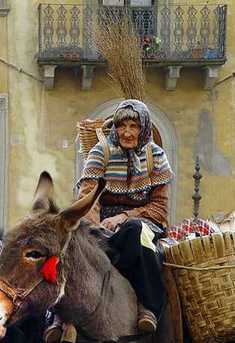 Wrinkled skin, warts, black shawl, flying broomstick... sounds scary, right? Such a witch on a flying broom would strike fear in the hearts of most children, but not in Italy, and not on January 6th, the Epiphany (Epifania in Italian) . This witch--la Befana--comes down chimneys and leaves gifts for children. And if they've been bad, she'll leave a lump of black coal... but she's usualy compelled to leave a black sugar lump rather than real coal. She's that good! 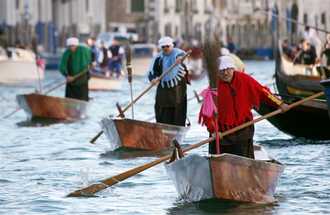 Since the 13th century, La Befana has been leaving her presents in children's stockings, but her story goes back much further than that. La Befana was stopped by the Three Wise Men and asked her to lead them to the manger and stable where baby Jesus was born. La Befana was so nasty and shoved them away without helping. But seeing the Christmas Star in the sky, she was drawn to find the reason for their quest and brought her own gifts for the Baby Jesus. Although she followed the Star, she wandered without finding Him. To this day, she flies around the world in search of that special child, and just in case she misses him, she leaves gifts for each and every child to make up for her past indiscretion. In just about every town in Italy there will be celebrations, feasts, parades, marching bands, flying witches, floating witches, puppet witches and witches brooms and black cats everywhere... 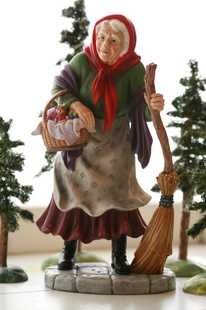 On January 6, children will find their stockings filled with presents... and also discover that all too suddenly (at least to an Italian child), the Christmas season comes to a close. Some slices of sweet panettone, a cup of cioccolata calda, and playing a few rounds of tombola with the famiglia after playing with their new toys, and this magical Natale season tucks gently into their lifelong memories... --Jerry Finzi If you enjoyed this article, please SHARE it and LIKE it on your favorite social media site. Buon Natale! We also have pages on: Google+ StumbleUpon Everyone loves to bake, eat and share Italian Christmas cookies during the holiday season, which in Italy is quite long. To get you all the way through to the Ephipany on January 8th, here is a list of the 10 best--along with links to authentic recipes from Italy...
Struffoli: This is perhaps one of the most popular Christmas cookies known to most Italian-Americans. Italians in southern Italy inherited this recipe from the Greeks, after all, southern Italy was originally Magna Grecia--part of the Greek culture way before the Romans. They are small fried balls covered with honey and sprinkles, often piled into a little mountain. RECIPE 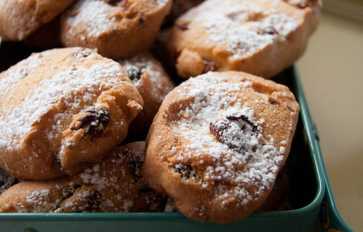 Zaletti: This biscotto gets its name from the Venetian dialect word for yellow--zálo. They are yellow from the stone ground corn flour they are made from. This is a very ancient peasant recipe which typically contains raisins soaked in either grappa or some other spirit, then dusted with powdered sugar. They are eaten with a sweet dessert wine or with espresso in the morning. RECIPE
 Cuccidati: Cucciddato (also, Buccellati) is filled, shaped biscotto made in Sicily during the Christmas season. They are stuffed with dried figs, raisins, orange peel, honey, chocolate and dried fruit. They can be small, but can also be donut sized and can be made as a large ring torta. The traditional nut used are pistachios, but walnuts or almonds can also be used. RECIPE Mostaccioli: These chocolate covered, spiced biscuits are essentially the gingerbread of southern Italy. The recipes can vary greatly, but usually contain some sort of holiday spices like cinnamon and nutmeg, citrus and perhaps wine must (the root of the name). They can be hard or softer depending on the regional recipe, with the hardest recipes being used to create shaped mostaccioli (animals, religious figures, etc.) . The most popular shape for home bakers is a diamond or rhombus. RECIPE
I hope you enjoy making these recipes. You might have to do some metric conversions but the slight trouble will be worth it.
Buon appetito e Buon Natale a tutti! --Jerry, Lisa and Lucas Finzi Greccio is a small town near Rieti, where St Francis conceived the first living nativity scene ever made in history, in 1223. To keep this tradition alive, the inhabitants of Greccio recreate this live nativity scene every year since 1973, a great event one might participate during Christmas time.
Click on the Photo Above to play the video. In Italy the crisis began on February 1, 1956; on February 2, the Po Valley was below a -15°C, and snow storms were all over the North. Rome experienced a snowfall that became historic.
On February 4, snow was falling over most of Italy, and new ice-cold currents hit the Adriatic region reaching a peak on Feb. 7, when a powerful cold core struck the southern regions. On 8 February, a new low pressure between Corsica and Tuscany again caused heavy snowfalls in Rome and throughout central and southern Italy, with blizzards and freezing temperatures, frost and snow. In those days it snowed even on the Sicilian coast. In Palermo, the minimum temperature went down to 0° C (32° F) and the city was blanketed over and again by several centimeters of snow, which also fell on the southern coasts of Sicily and the island of Lampedusa. On 13 February new ice-cold currents came from the Rhone valley, resulting in rigid temperatures that struck the north of Italy and led to new snowfalls especially on the Marche, Umbria and Tuscany, moving the day after southward, while the regions of the north and centre were enveloped by frost. In the next days frost and snow continued, with new snowfall from February 18 until February 20 on the whole north and centre, and even in Rome. In many mountain towns of Abruzzo, as well as in alleys of the historical centre of L'Aquila, people moved only through tunnels excavated through the huge snow heaps. With the new snowstorms many places became unreachable: Ovindoli, Campo di Giove, Campotosto, Castel del Monte, Pizzoferrato, Gamberale. Civitaluparella at 903 meters (2962 ft). SOme were isolated for over ten days, partly because of a large avalanche in the vicinity. At Pescina, just over 700 meters (2296 ft) of altitude, in some spots the snow had reached 23 ft deep, halting the Avezzano-Sulmona railroad. 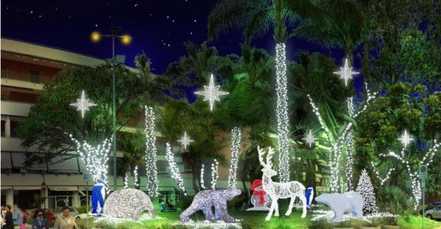 Sorrento is one of the most beautiful places in southern Italy with it's high perch overlooking the bay of Naples with the best view of Mount Vesuvius. The historic center of town is beautiful most days of the year, but it's during the Christmas season that the place takes on a really magical aire. Starting in late November, the Christmas tree in Piazza Tasso is lit which leads off the celebrations which include a Christmas Treasure Hunt, weekend street performances, concerts in churches and other venues in all sorts of musical genres and Villaggio di Babbo Natale (Santa’s Village) at Villa Fiorentino. If you're planning to visit, you might consider their Capodanno (New Year’s Eve) party with pulsing music rocking in Piazza Tasso, followed by a fireworks display down at the port. Some highlights: 19 December 2016: Lauro Square from 9:30 am to 12:00 pm, "Papers Christmas" 20-21 December 2016: Campo Italia Soccer tournament “Christmas Stars” Piazza Tasso 6pm, Christmas Concert Basilica di S.Antonino 5 pm, Christmas Choir 22 December 2016: Church of SS. Rosario 6:30 pm, Traditional songs 23 December 2016: Church of Lourdes 7:00 pm, Carlo Morelli Gospel Choir 24 December 2016: Neapolitan fried pizza at Pizzeria Da Gigino; Street Animation 25 December 2016: Street Animation; Christmas Treasure Hunt 26 December 2016: Casarlano from 6 pm to 20 pm, Living Nativity; Cattedrale Sorrento 7:30 pm, Christmas concert; Christmas Treasure Hunt 27 December 2016: Christmas Treasure Hunt; Chiesa SS. Rosario 7 pm, Concert “Christmas Melodies” 28 December 2016: Teatro Tasso ore 7 pm (free), Nino Buonocore 29 December 2016: Teatro Armida, Concert 31 December 2016: Historical center, 10 am to 9 pm, Street entertainment; Teatro Tasso 11:30 am, New Year’s Concert; Piazza Tasso 6 pm, “Ciuccio di Fuoco” Fireworks; Piazza Tasso from 11 pm to 2 am, New Year party/dancing,music After Midnight, 1 January 2016: Port of Sorrento Fireworks During the month of January: Many weekend concerts, street performances and events. Now I've heard that in Pienza (our favorite Tuscan village) loves hosting some odd festivals from time to time (like cheese rolling contests), but this one takes the cake--literally.
The Torneo Gioco del Panforte (Tournament Games of the Panforte) takes place from December 26 - 30 in the Piazza Pio II Loggiato del Comune, with competing teams throwing a panforte cake to a table from 15 feet away. The team throwing and sliding the panforte closest to the edge of the table is the winner. Panforte is a sort of flat, disc shaped Italian fruitcake made by Italians during the Christmas season. For info: www.commune.pienza.siena.it 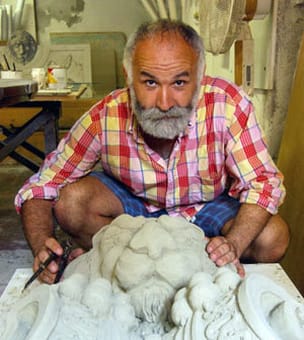 Most of us know Papier-mâché as a craft we had fun with in grade school--slopping together strips of newspaper, flour, water and some glue--to create a silly mask molded on an inflated balloon. The more artistic among us might have produced more ambitious creations in high school--a dragon, a dog, maybe even an abstract Papier-mâché object of art. But in Italy, Papier-mâché, or Cartapesta, as it's known there, is considered a high art medium, with some amazing Masters of the craft creating monumental works that can look like they were coming out of the workshops of Renaissance Masters. 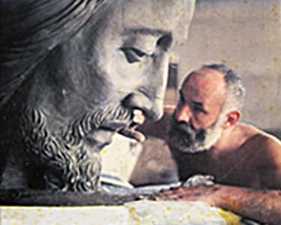 Guerrino Lovato is one of these Maestro di Cartapesta. After studying at the Academy of Fine Arts in Venice, in 1983 he opened his Venice studio and workshop where he creates, along with his now famous Venetian papier-mâché masks, sculptures and architectural props for theater, opera and cinema. For many years he has organized the Venice Carnival, and in 1993 he created a monumental work--sculptures for the Nativity of Venice, an impressive 75 foot moving sculpture with narration by Marcello Mastroianni. This exhibit attracted hundreds of thousands of visitors. In 1995 he wrote and published "Objects and Sculptures out of Papier mâché ". More of his creations include sculptures for Gulliver Park in Tokyo, Japan; two large statues of Santa Rosalia for the famous feast in Palermo; for the Vatican, a statue of Christ in Michelangelo's style that stoof 18 feet tall; and he created the interior decorations for The Venetian in Las Vegas.
Read more about Cartapesta HERE. Click the photo to see the VIDEO. According to Guiness Book of Records, the world's largest Christmas tree is in Gubbio, Umbria, an array of lights on the slopes of Monte Ingino. The tree is 650 metres (2,130 ft) high and 350 m wide at its base and consists of 3000 multi-colored lights and 8.5 kilometres of electrical cable. The illumination can be seen up to 30 miles) away.
|
Categories
All
Archive
June 2024
|


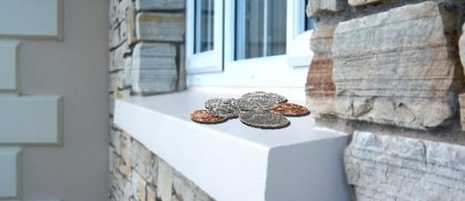
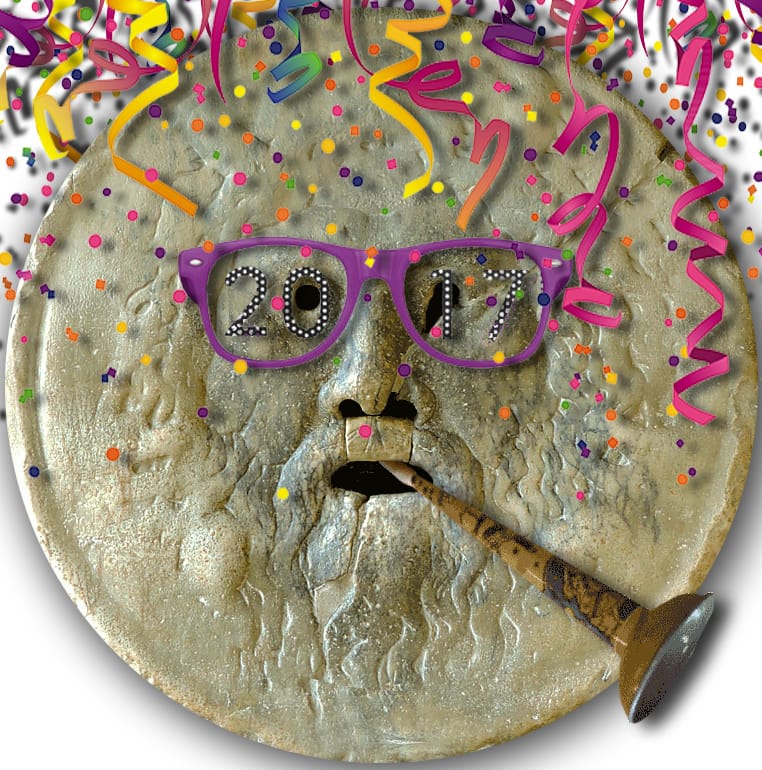
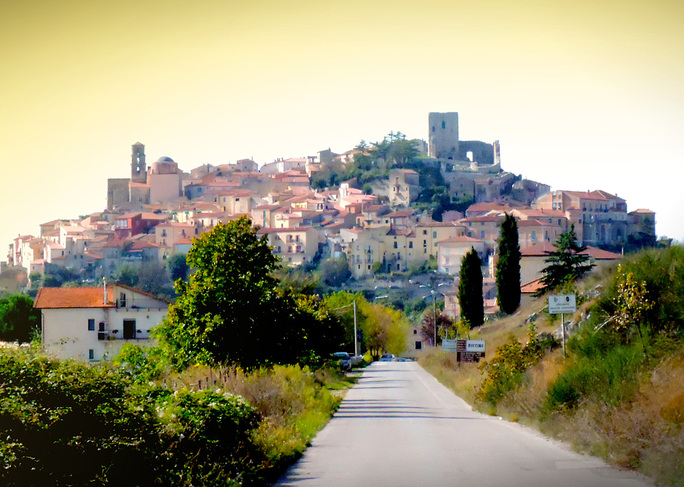
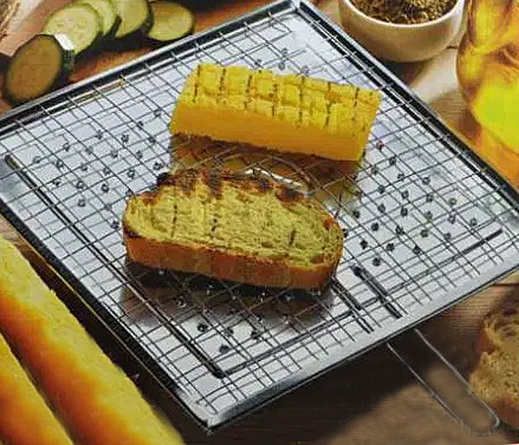
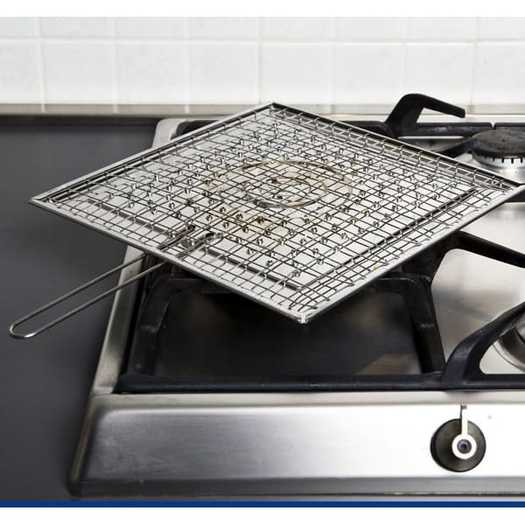
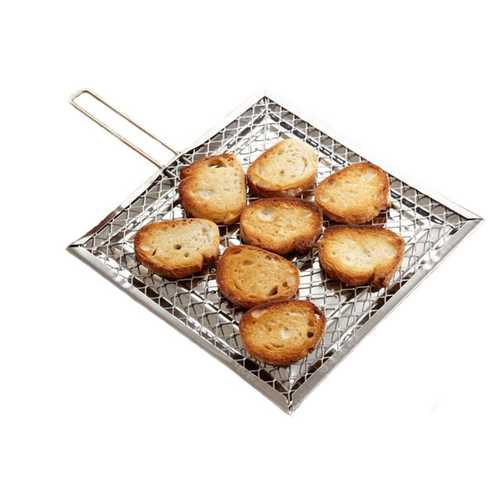
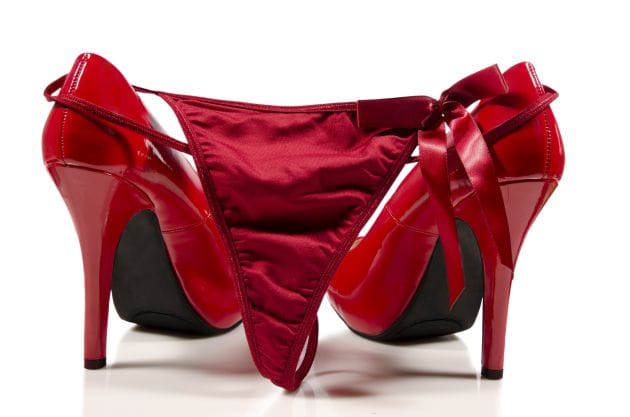
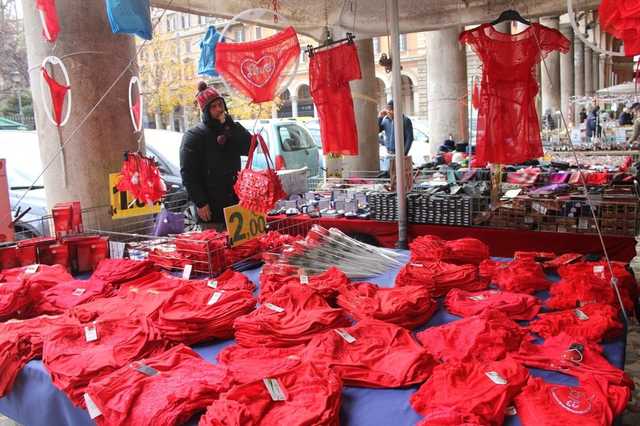
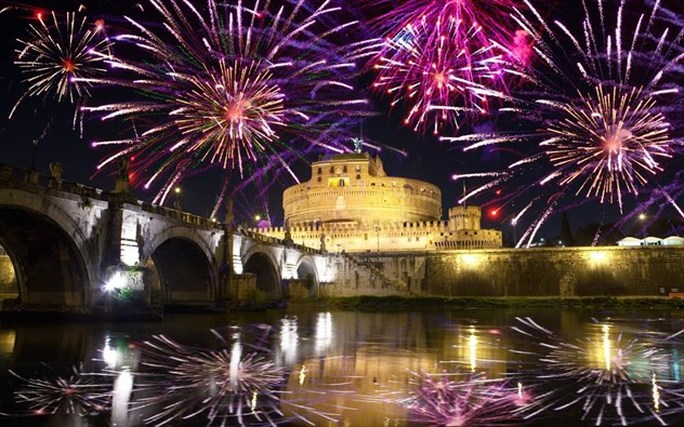
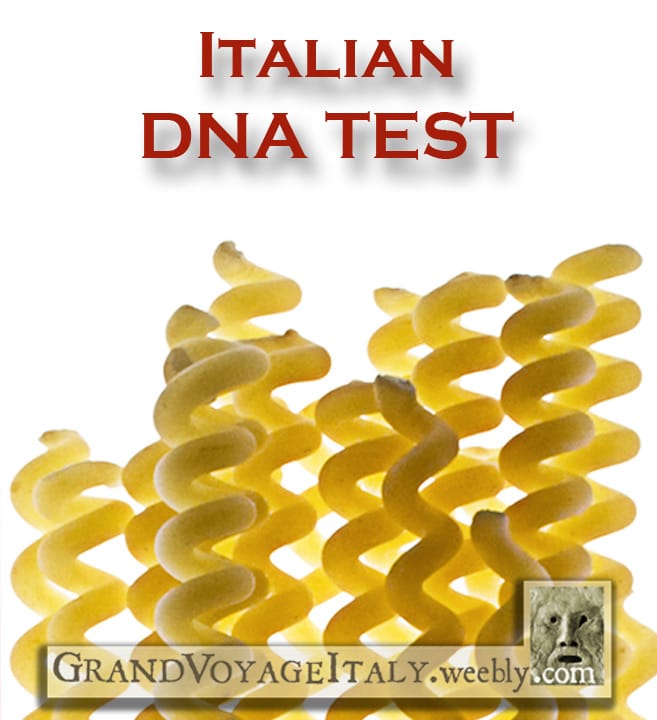
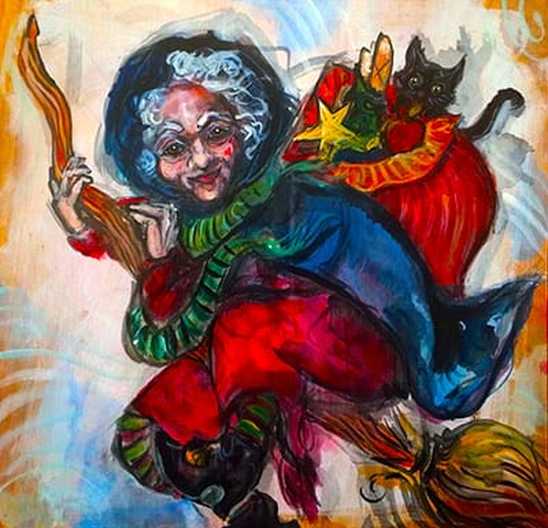
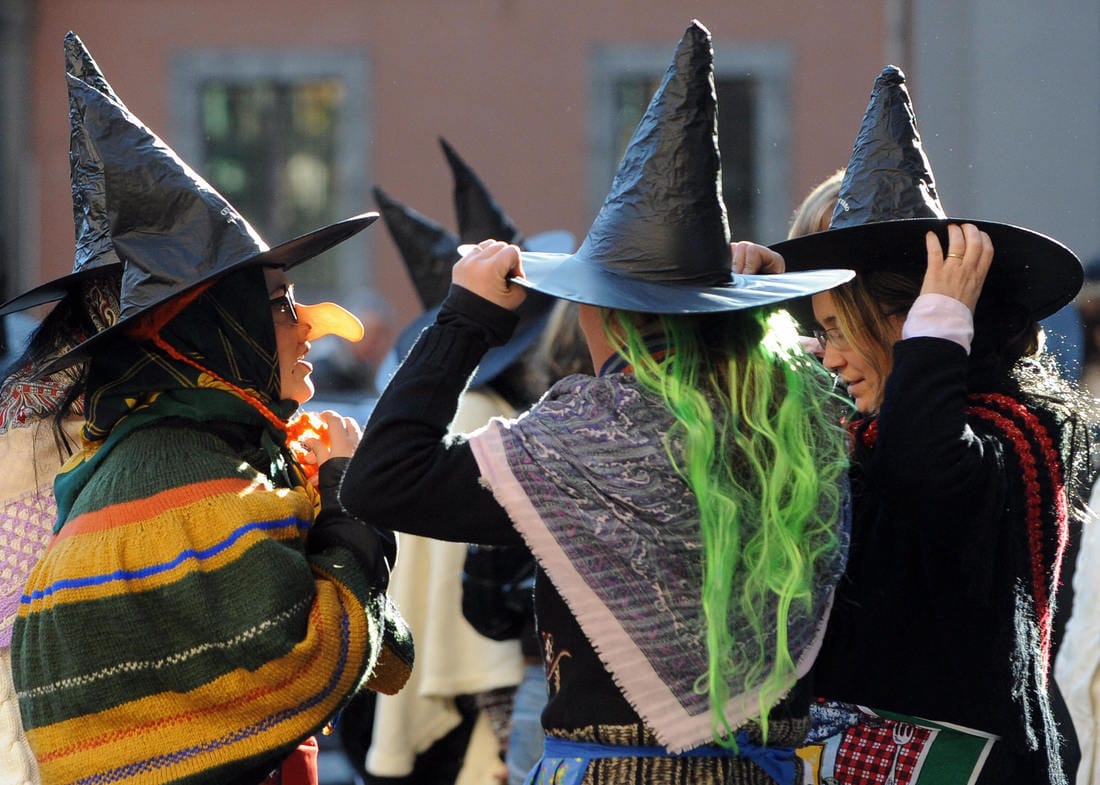
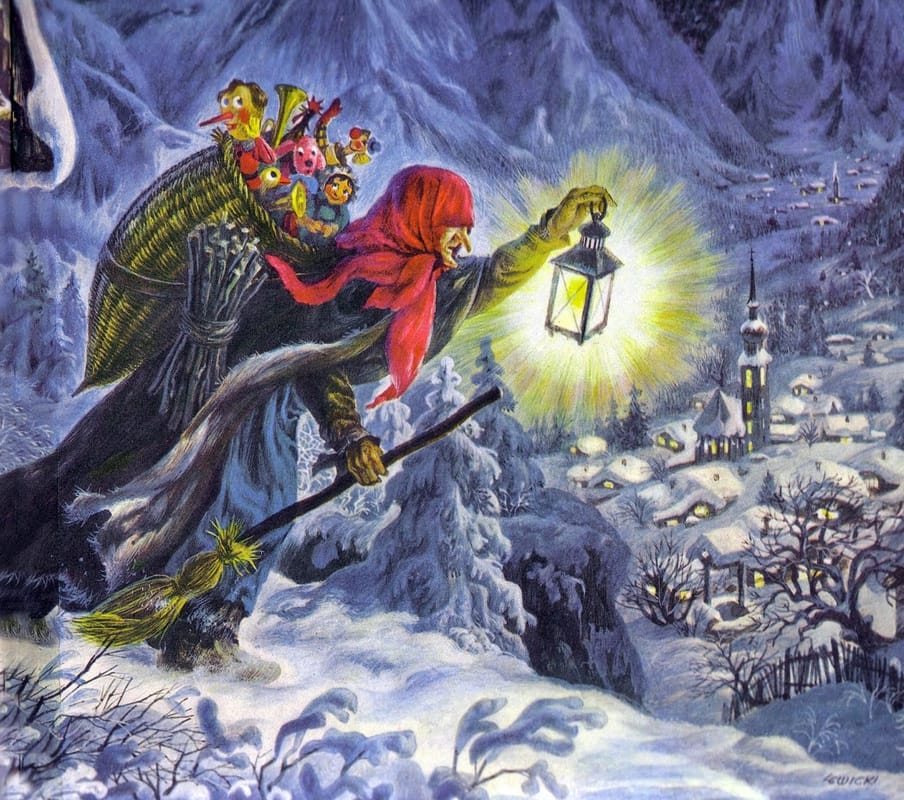
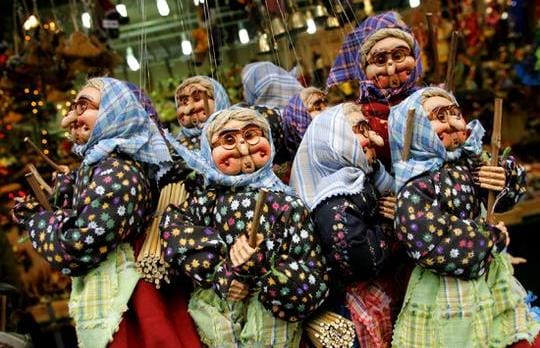
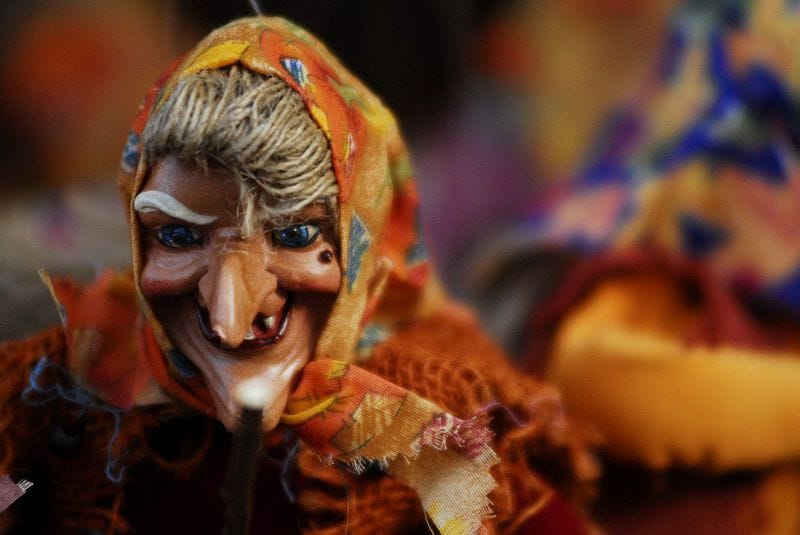
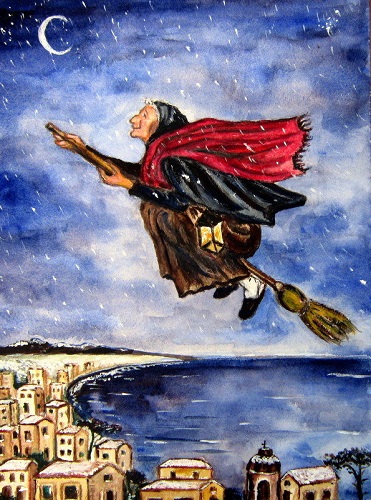

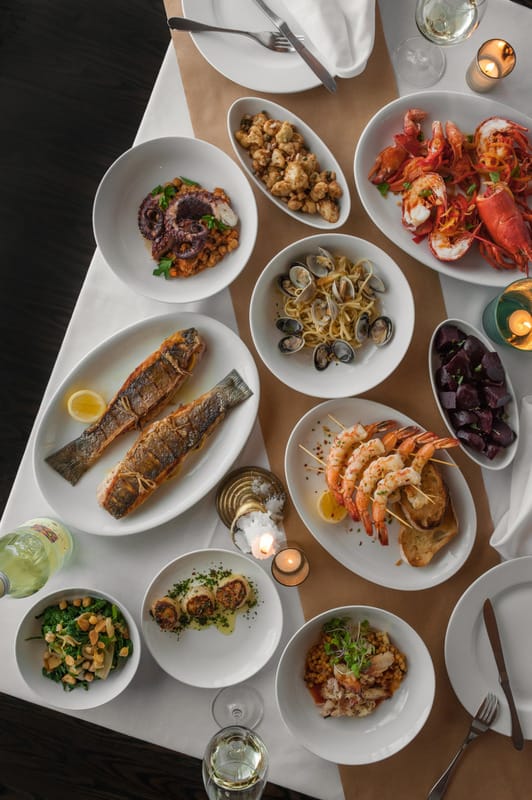
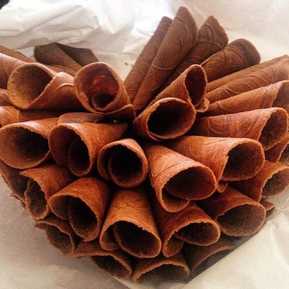
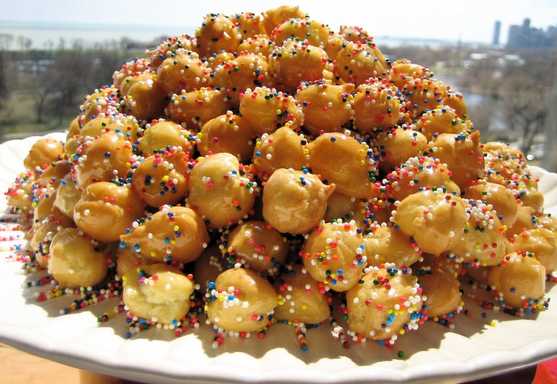
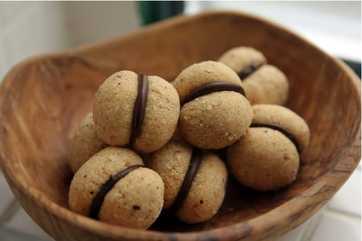
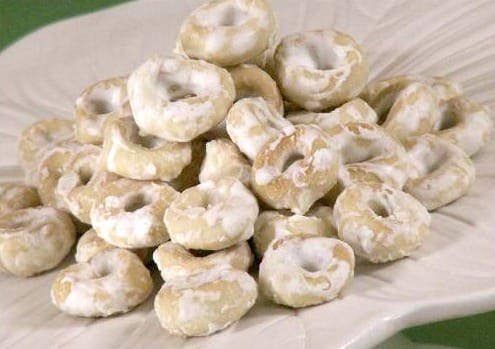

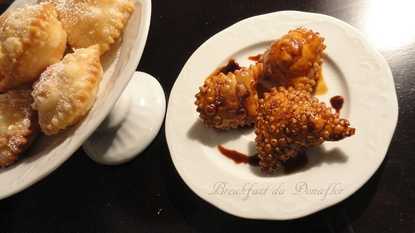
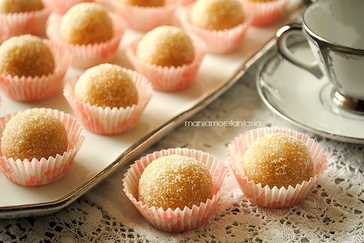
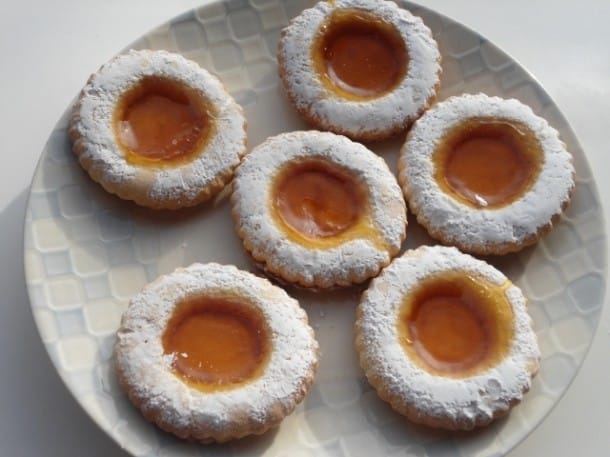
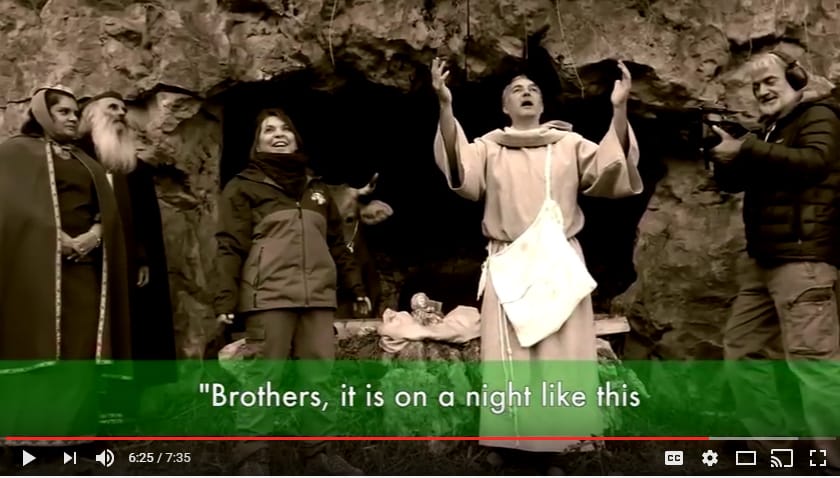
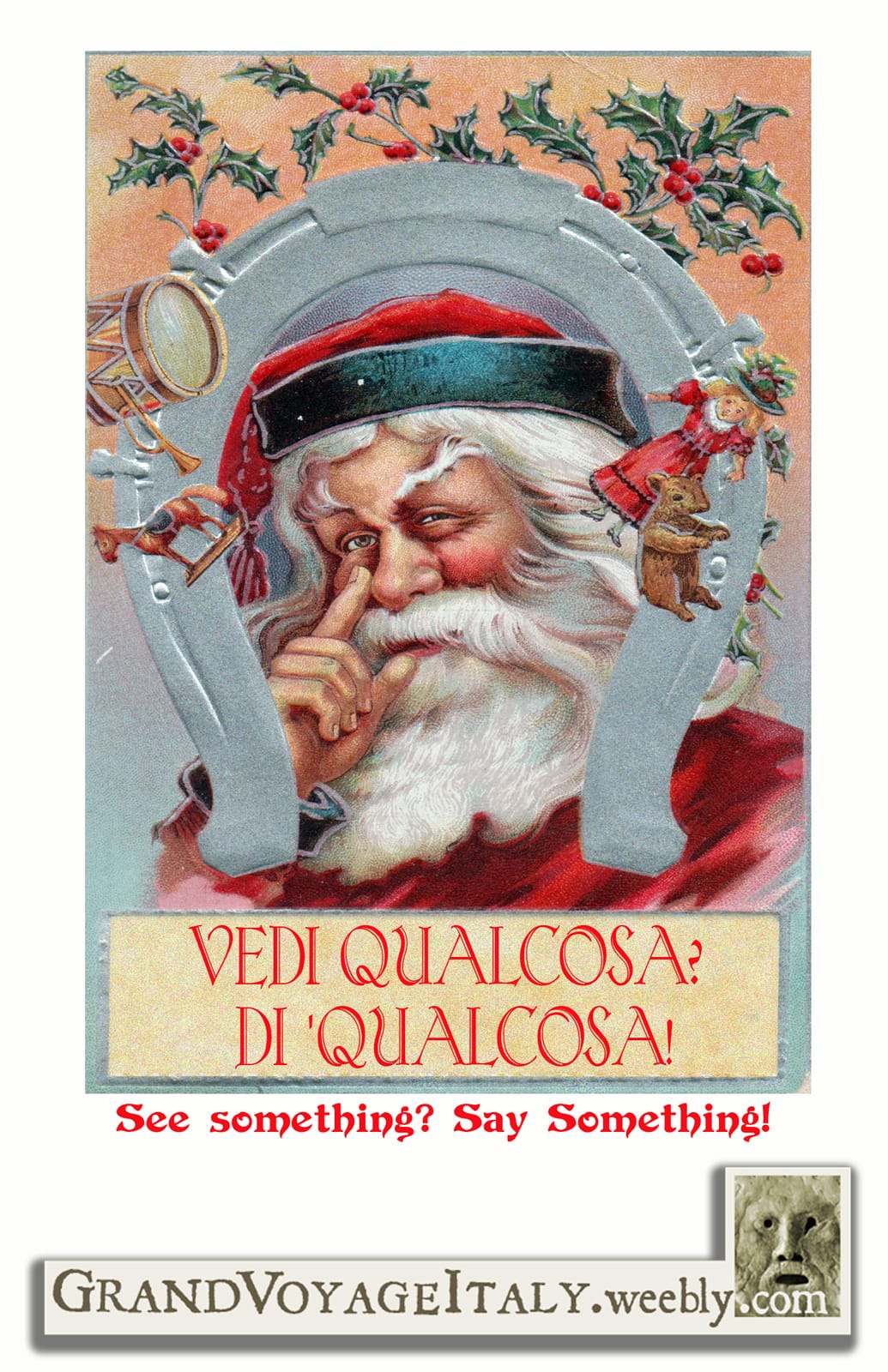
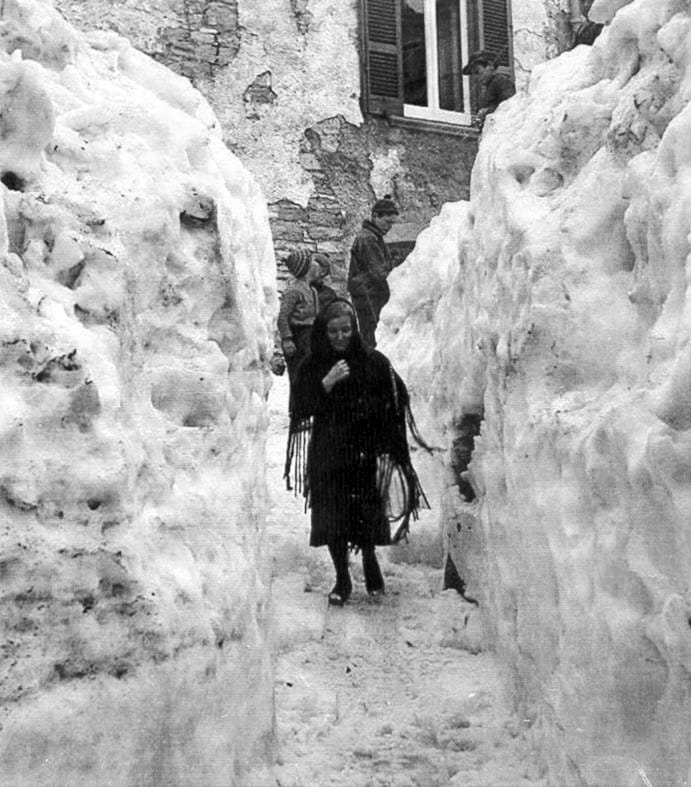
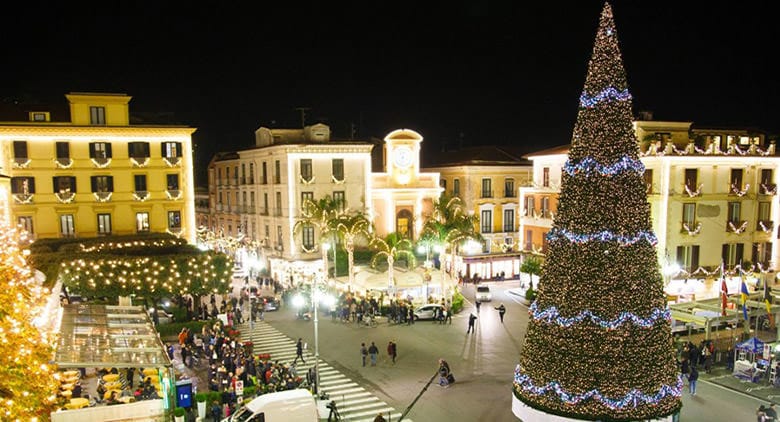
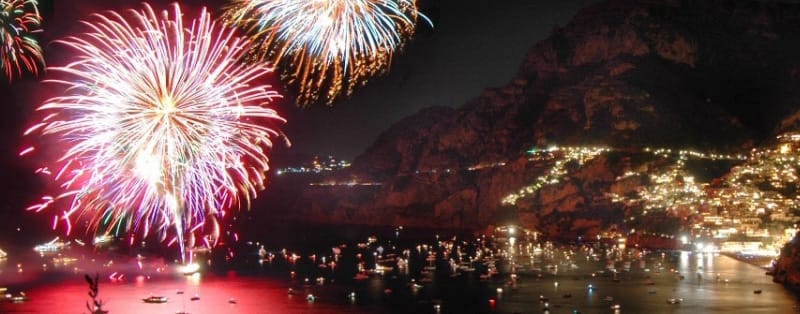
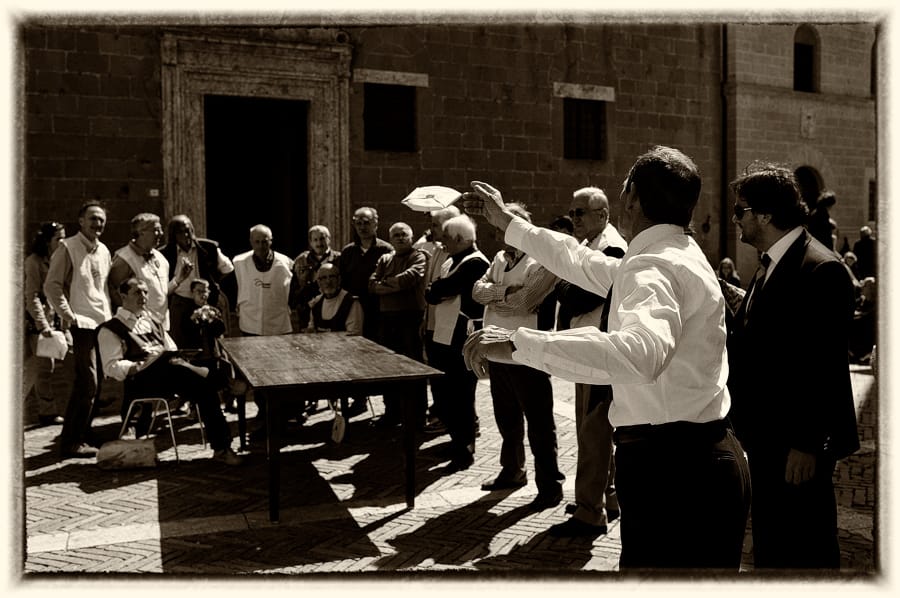
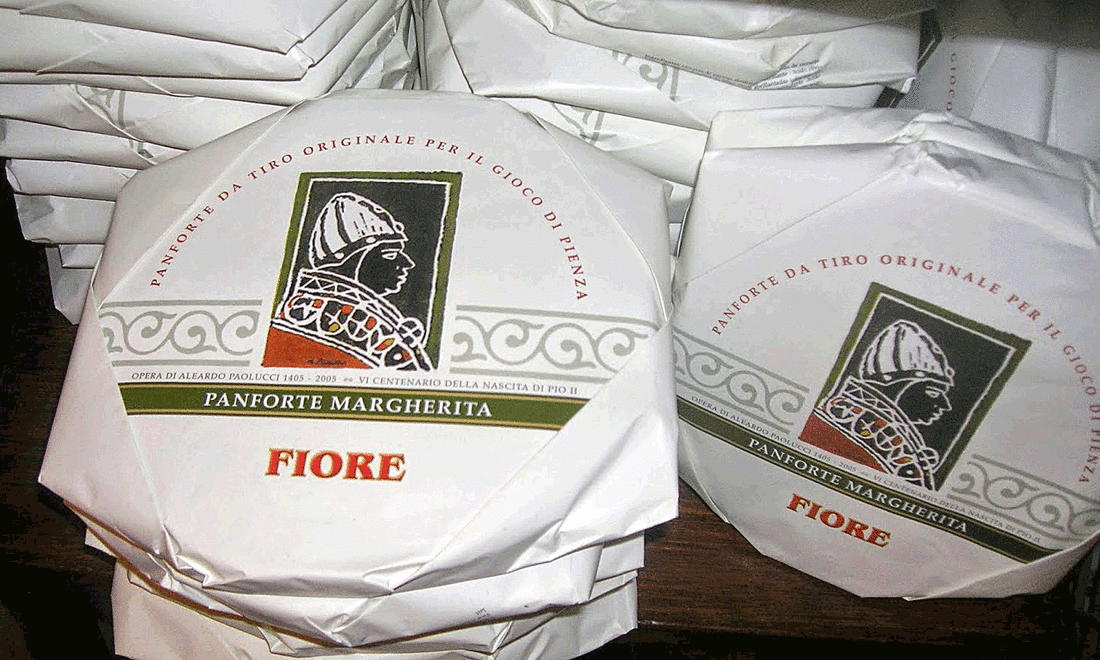
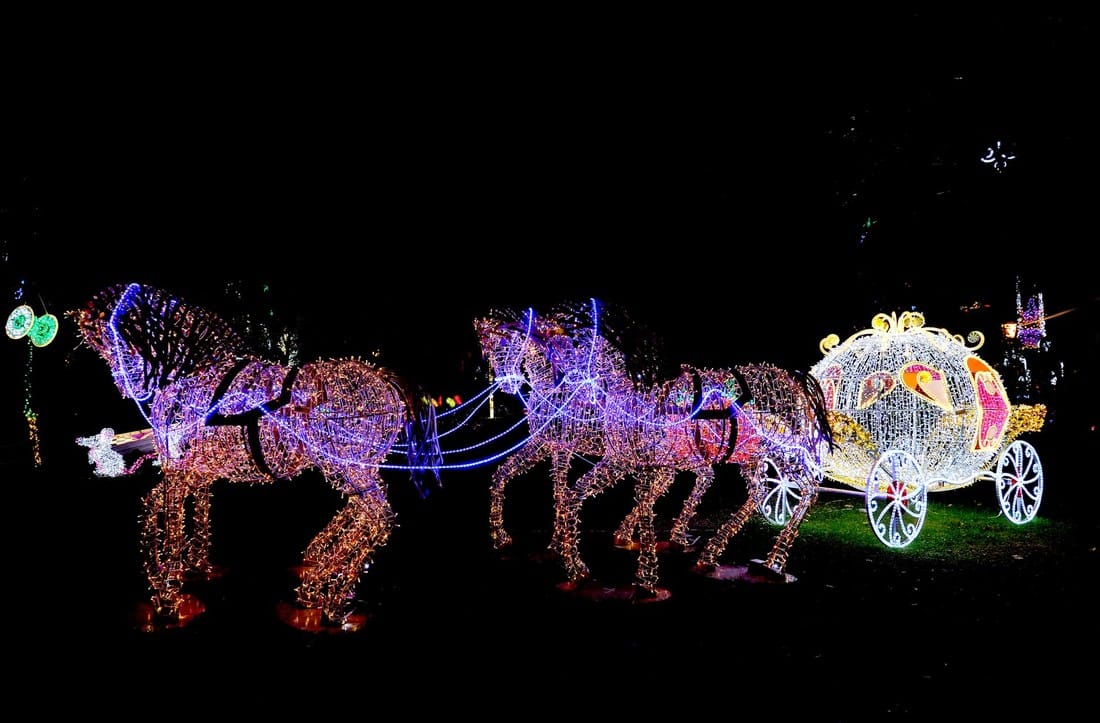
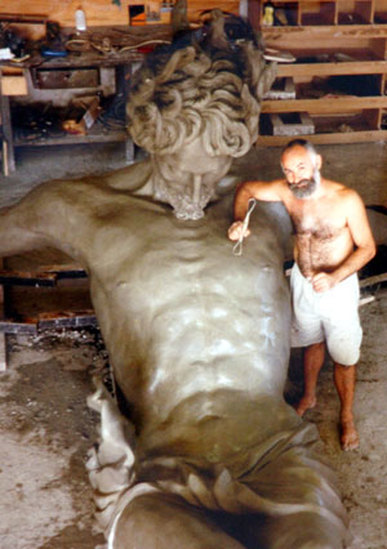
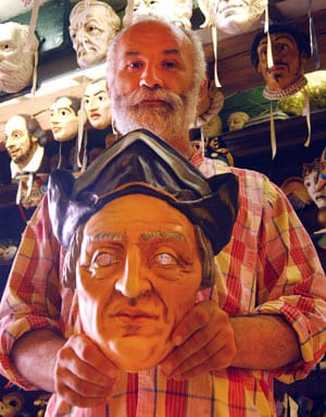
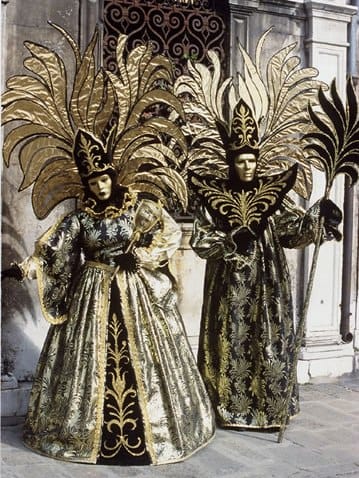
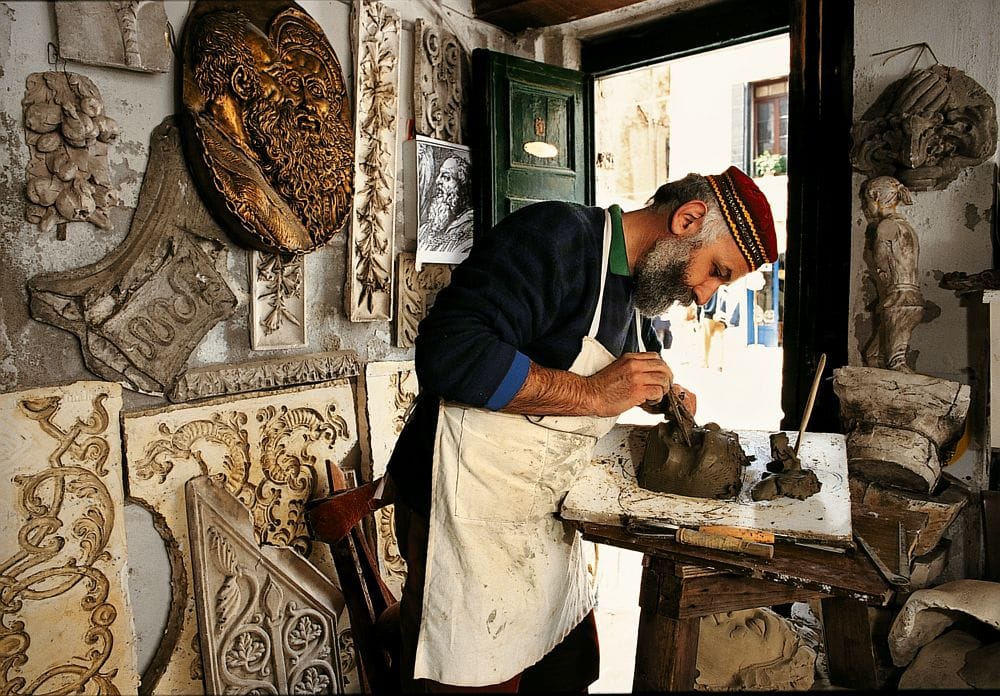
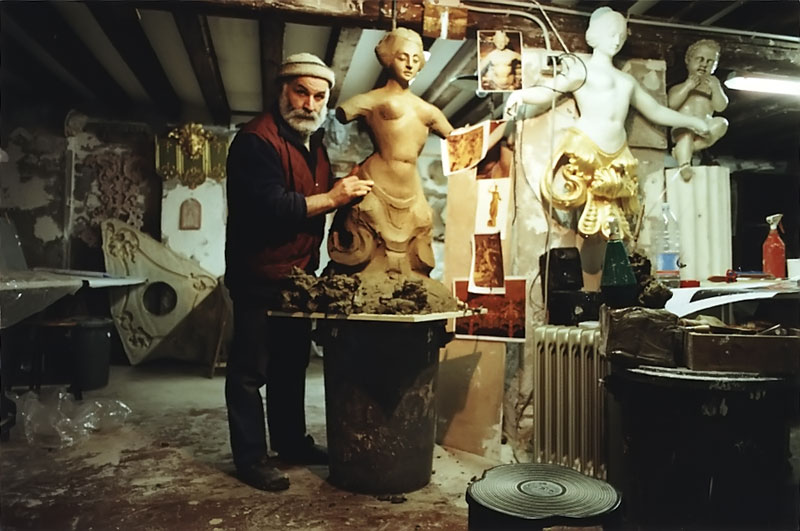
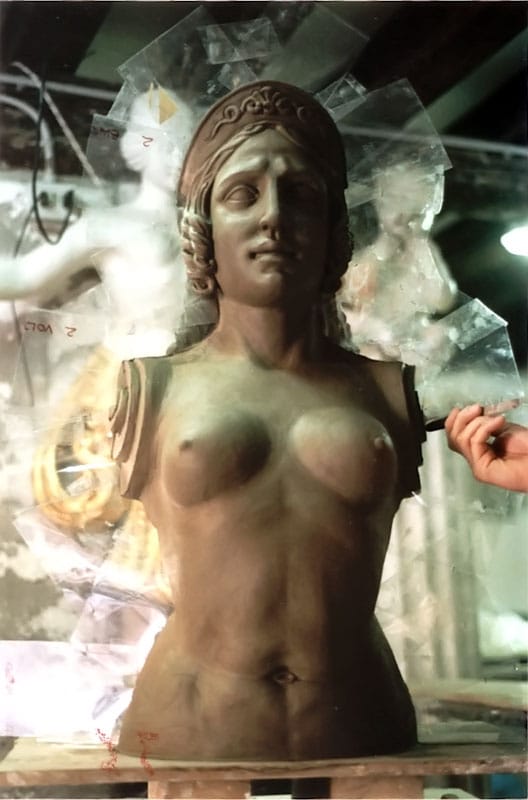
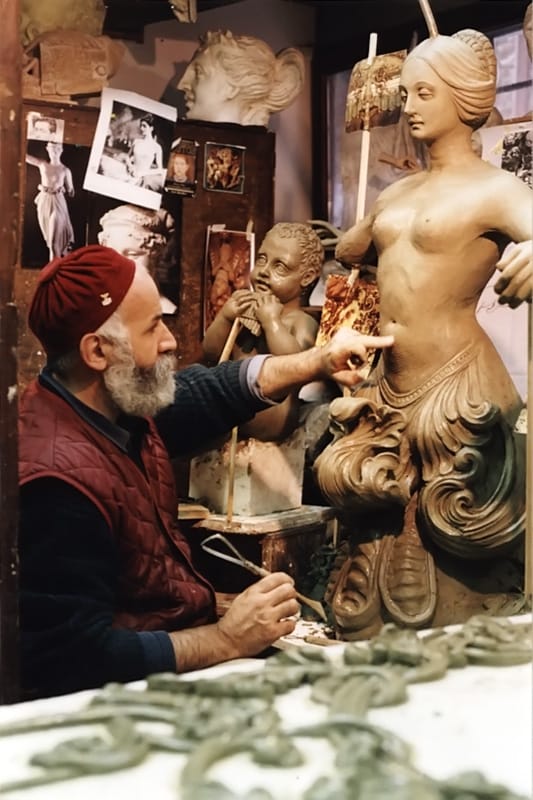
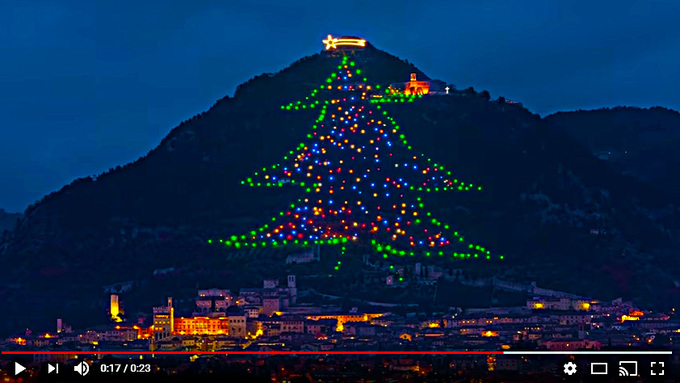
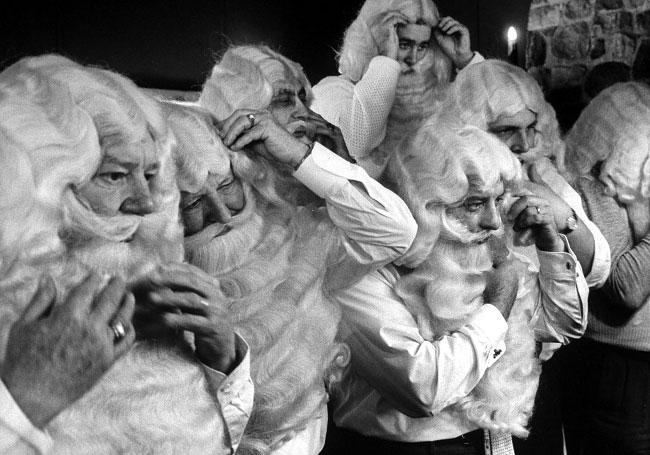
 RSS Feed
RSS Feed
